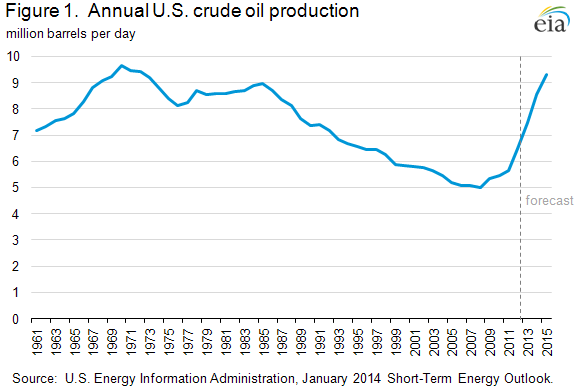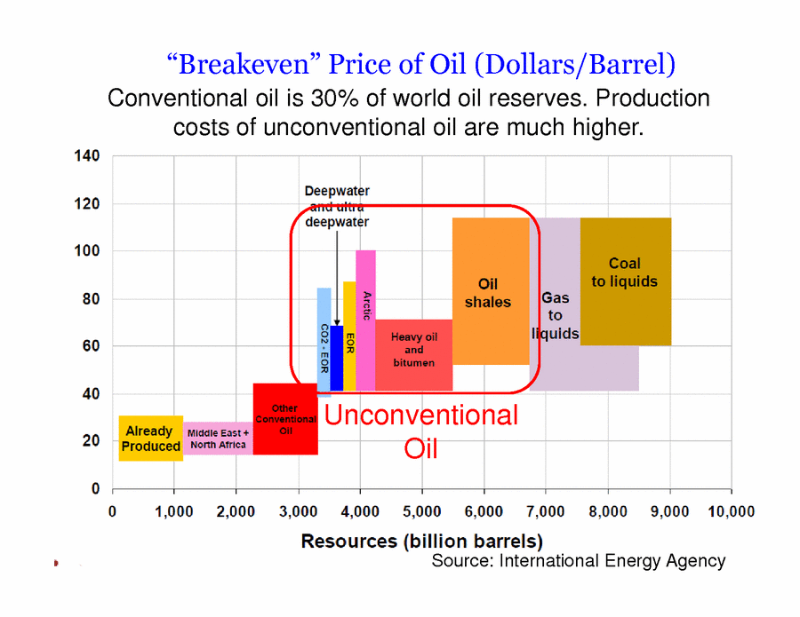Who controls oil prices? Before 2015, the answer to this question would definitely have been OPEC. No one can deny the fact that OPEC had the upper hand on oil prices up until 2015. However, from 2015 to today (and into the unforeseeable future), OPEC has not been able to control oil prices as it has done in the past.
While this might be surprising, it is the new normal. This is a trend that even OPEC didn’t expect a few years back. What might even be more surprising is that OPEC itself is the reason for its own partial loss of control over oil prices.
Over the past few years, Saudi-led OPEC was able to maintain oil prices at high levels. During that period, OPEC’s members were cashing in a lot of money derived from their oil revenue. But they were not the only ones benefiting from high oil prices- shale oil producers were at advantage too.
High and sustained oil prices provided a suitable environment for shale oil production to grow. Investors felt confident about the oil market and investment started flowing in. The needed technology was developed and utilized and shale oil production started to increase.
Over the past 5 years, U.S. oil production grew from 5,476,000 barrel a day in 2010 to its peak of 9,598,000 in July 2015. This huge addition to U.S. oil production made OPEC realize its mistake and it was forced to reduce oil prices by maintaining its oil output in order to put an end to shale oil boom aimed protecting its market-share, but unfortunately it was too late.

The technology and innovations that helped develop shale oil production is here and it is not going to disappear just because oil prices are low. In fact, low oil prices will drive it to become even cheaper and more efficient. The money is already invested in many shale plays and obviously there is no going back.
OPEC’s desire for high oil prices created competitors seemingly out of nowhere. And now, instead of focusing on how to maintain oil prices at high levels as it did in the past, OPEC is fighting for market-share. This a huge shift in the cartel’s strategy.
Prior to 2015, OPEC had an unmatched control over oil prices; they were able to decrease or increase the prices as they wished. How about now? Is OPEC still able to do the same? The answer is a big “NO” and here is why.
On the one hand, one of the important things to know about shale oil is that it is an unconventional resource that is uneconomical at low oil prices (mainly below $50 a barrel). It requires a high cost of production unlike conventional oil produced by OPEC. According to the International Energy Agency, the break-even price of unconventional resources ranges between approximately $40 to $110 a barrel.

Although OPEC’s members want to keep oil prices high in order to generate higher revenue, they will not be able to do so any longer, as maintaining oil prices at high levels means making their rivals -shale oil producers- stronger. And the stronger their rivals become, the more market-share OPEC loses.
It is clear now that, regardless of OPEC’s desire for high oil prices, shale oil has forced OPEC to keep the oil prices below certain levels that are below shale oil’s break-even price. This tells us that how high oil prices can go in the future is now dependent on shale oil producers’ next move more than OPEC’s next move.
If shale oil producers were able to survive by driving their cost of production down, oil prices may experience new lows for the short-term, but eventually OPEC will have to accept the reality and a new equilibrium should be established. We should not forget that OPEC’s members want to make a profit after all.
But shale producers didn’t survive and their production started to fall sharply. In this case, OPEC will only win the market-share war, but high prices will not return. Many would say that less supply -that could be a result of the current downturn- will drive prices up. This is true, but OPEC will not let that happen, it will pump more. This is because the return of high oil prices means the return of its rivals.
On the other hand, if you look at how OPEC’s members are flooding the market with oil to drive prices down, you will realize that they are not doing it because they want to, rather because they are forced to do it. And being forced to do something means having no control. They are keeping oil prices low because shale oil forced them to do so.
OPEC is losing full control over oil prices due to its inability to foresee changes in oil industry dynamics and how oil is changing forms — geographically, geologically, chemically, and economically. The ongoing market-share cold war is not just about OPEC and shale oil, it is about conventional and unconventional oils. No matter what OPEC does now to stop it from happening, unconventional oil is coming and it will be the future source of energy.
Investors Takeaway
Shale oil resilience is changing the fundamentals of the oil industry. Parameters that historically used to indicate the health of the oil industry and oil production, such as rig count, are no longer doing so at least to a certain extent. Its role has been offset by technological advancement. A careful evaluation of the impact of new technology and innovation on the oil industry is very important now more than ever for investors’ next steps.
High oil prices are the main reason for the current downturn, and therefore expecting them to return soon is not an option. The current downturn may result in a shortage of supply that many industry players including OPEC believe will cause oil prices to drastically rise to $200 a barrel. But that is unlikely to happen. OPEC knows very well that high oil prices will bring its rivals back, and therefore it will do its best to stop that from happening. Pumping more oil will be the way to do so, and that will not be difficult giving the reentry of Iran to the international oil market, and the fact that many OPEC members are still able to pump more.
A better way of knowing where oil prices will be in the future is considering the break-even prices of U.S. shale oil producers, because that is OPEC’s main focus right now. It is trying hard to ensure prices does not go beyond those levels in order to make sure its rivals lose.

